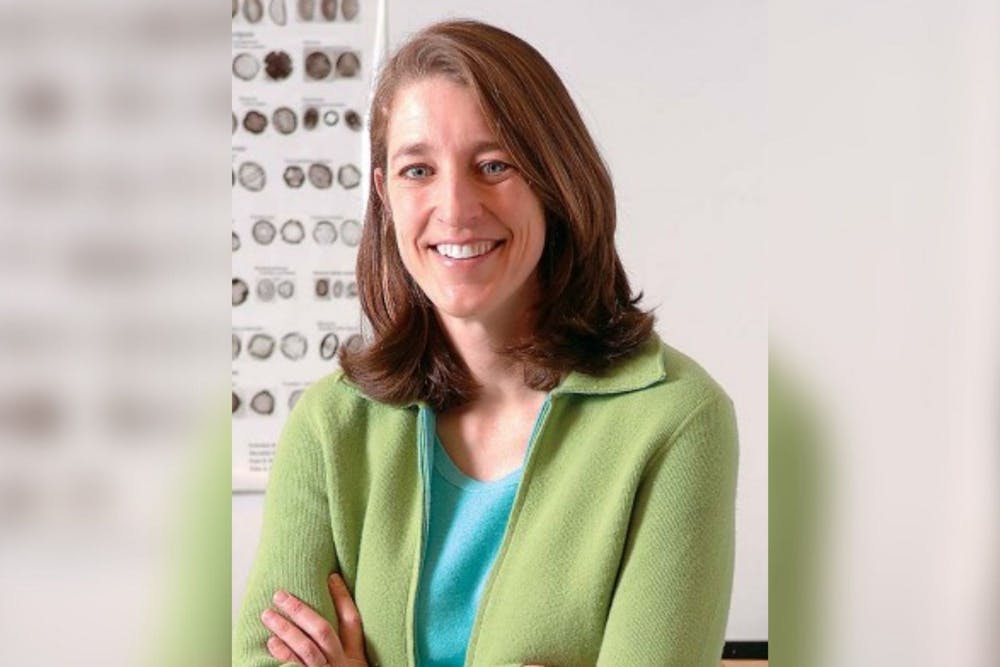A six-year archaeological project, co-led by a Penn archaeologist, seeks to provide information on how the earth looked in the past and predict what the earth will look like in the future to improve climate modeling.
Chair of Penn’s Department of Anthropology Kathleen Morrison, Pompeu Fabra University professor Marco Madella, and University of Glasgow senior lecturer Nicki Whitehouse are leading the project with data mastery from Penn landscape archaeologist Emily Hammer and others. The project, called LandCover6K, is now in its sixth year. Researchers have compiled a collection of archaeological and historical land-use evidence from four periods in time — 12,000 years ago, 6,000 years ago, 4,000 years ago, and around the year 1500 — into a single, easy-to-understand database, according to Penn Today.
In order to share the data among researchers from various fields, the team created a new classification system that can be used anywhere. Previously, different categories of data had a wide range of meanings depending on place, context, and time period, Penn Today reported.
The LandCover6k team also created a hierarchy within the classification system with general upper-level categories that dispersed into more distinct, specified categories. For example, within the category of farming data, the research team created a subgroup for low-level food production.
The hierarchical classification system aims to provide nuance to the archaeological community while maintaining data that is easy for climate modelers to understand, Penn Today reported.
Morrison said that the project’s aims go beyond understanding past land-cover climate interactions, Penn Today reported.
“Understanding the human impact on the Earth is more than looking at past vegetation,” Morrison said. “It’s also important to understand how humans used the land and in particular, the relationship between human land use and vegetation.”
RELATED
Students demand fossil fuel divestment, mandatory climate course at University Council forum
Penn’s latest climate plan report shows drop in carbon emissions, largely due to COVID-19









